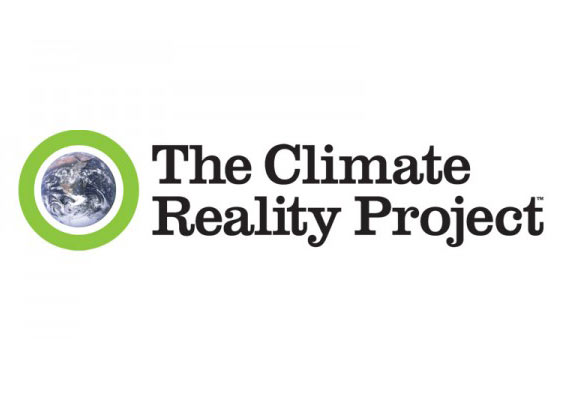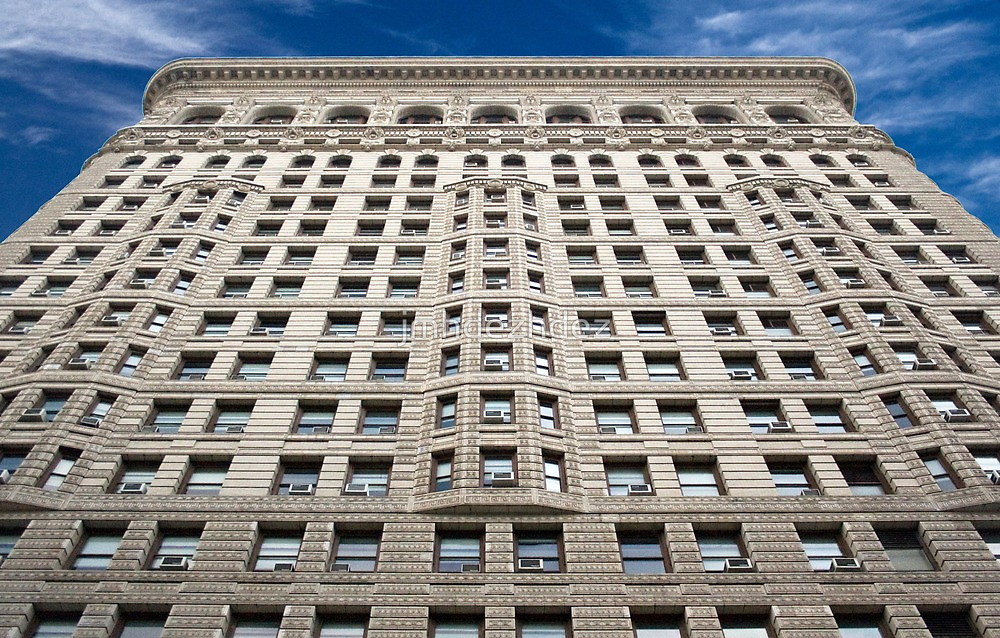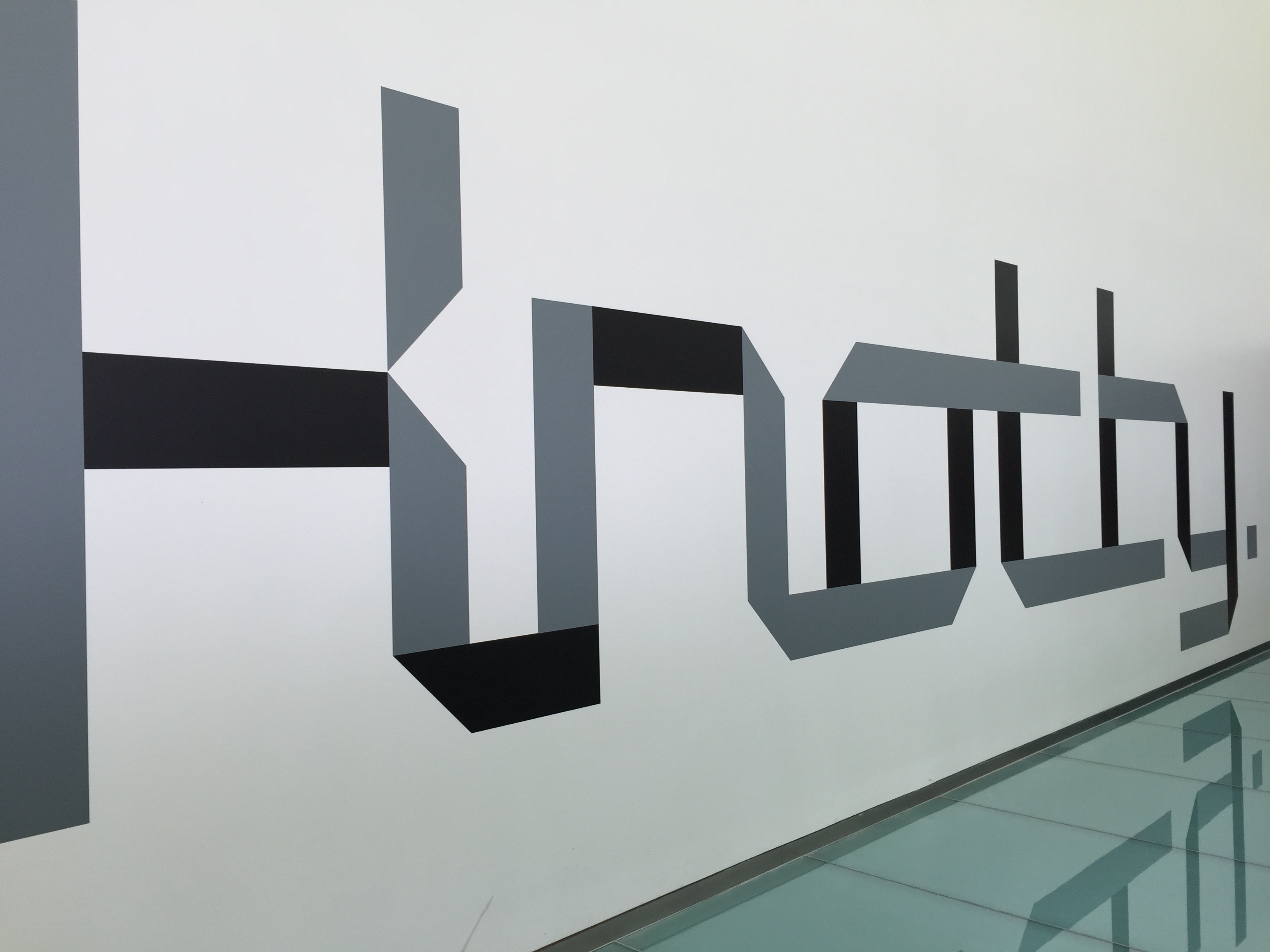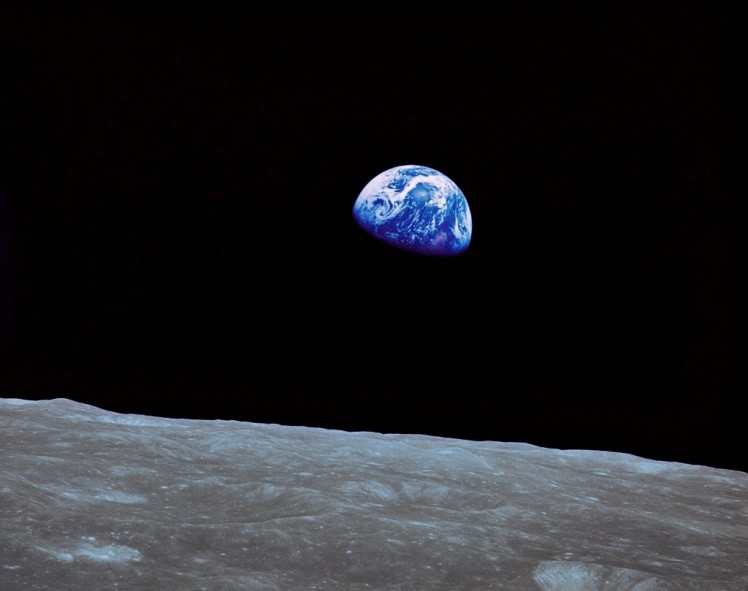In honor of Climate Week NYC and our commitment to taking action, our founder Simone, will be giving a Climate Reality talk followed by a lively conversation with architect and wind farm entrepreneur, Matthew Baird about how we can all take action.
Following intense training with Al Gore this past spring, Simone became a member of the Climate Reality Leadership Corps. With this comes access to the Climate Reality Project library of incredibly compelling data, moving images and a commitment to spread the word about the seriousness of climate change.
It’s a hot topic, join us. Send us an email or sign up here.
Monday, September 21, 2015 – 5:30 PM to 6:30 PM ET
Civic Hall
156 5th Avenue
2nd Floor
New York, NY 10010
For more on climate change, take a look at the Climate Reality The Business of Climate Solutions webinar. Simone participated as a panelist in the August 27 discussion, which covered how businesses are going green and its affect on their bottom line.







